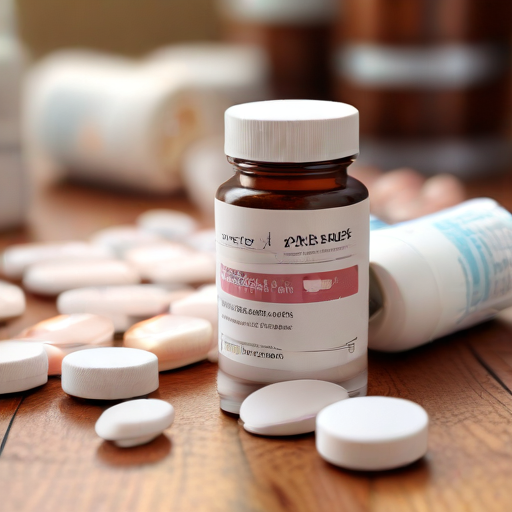A recent study published in the Annals of Internal Medicine reveals an increasing trend of prescriptions for GLP-1 drugs among individuals without diabetes, contrasting with a noticeable decline in new prescriptions for those with diabetes. This shift is particularly significant as it may lead to potential shortages of these medications.
GLP-1 drugs, initially developed to regulate blood sugar in type 2 diabetes patients, gained attention when Wegovy was approved for weight loss by the FDA in 2021. This approval catalyzed a surge in prescriptions for weight management, leading to a considerable uptick in demand for GLP-1 medications such as Zepbound, Mounjaro, Wegovy, and Ozempic.
Research conducted by Cedars-Sinai Medical Center, among other institutions, analyzed medical records from 45 million Americans between 2011 and 2023. Findings indicated that the percentage of new GLP-1 users with type 2 diabetes decreased from nearly 90% in 2019 to over 70% in 2023. Conversely, the share of new users without diabetes rose from 10% to 25%.
Yee Hui Yeo, co-first author of the study, highlighted that this trend underscores a broader recognition of the drugs’ benefits in addressing obesity, a pressing public health issue. Despite this positive acknowledgment, Yeo also warned that it could lead to accessibility concerns for diabetic patients who rely on these treatments.
The study drew from data provided by TriNetX, although it may not fully represent the national landscape. The appetite-suppressing capabilities of GLP-1 medications have contributed to their popularity, with users reportedly experiencing weight loss of up to 26%.
As the demand for GLP-1 drugs surges, both Eli Lilly and Novo Nordisk have experienced unprecedented growth, positioning them among the world’s most valuable pharmaceutical companies. Nevertheless, this demand has created challenges for patients seeking to fill their prescriptions. In response, the companies have poured substantial investments into increasing their production capabilities.
Looking ahead, Morgan Stanley analysts forecast that the global market for GLP-1 drugs could reach approximately $105 billion by 2030, with estimates suggesting that about 31.5 million people in the U.S. could use these medications by 2035—about 9% of the population.
This evolving landscape signifies an encouraging move towards recognizing obesity as a critical health challenge, making effective treatments more accessible. However, it is essential to strike a balance to ensure individuals with diabetes continue to receive the necessary treatment they require.
In summary, while the expanding use of GLP-1 drugs among non-diabetics reflects a growing awareness of obesity’s health implications, it is essential to maintain access for those who need these medications to manage diabetes effectively. As production ramps up, the hope is that all patients can receive the treatment they need.
